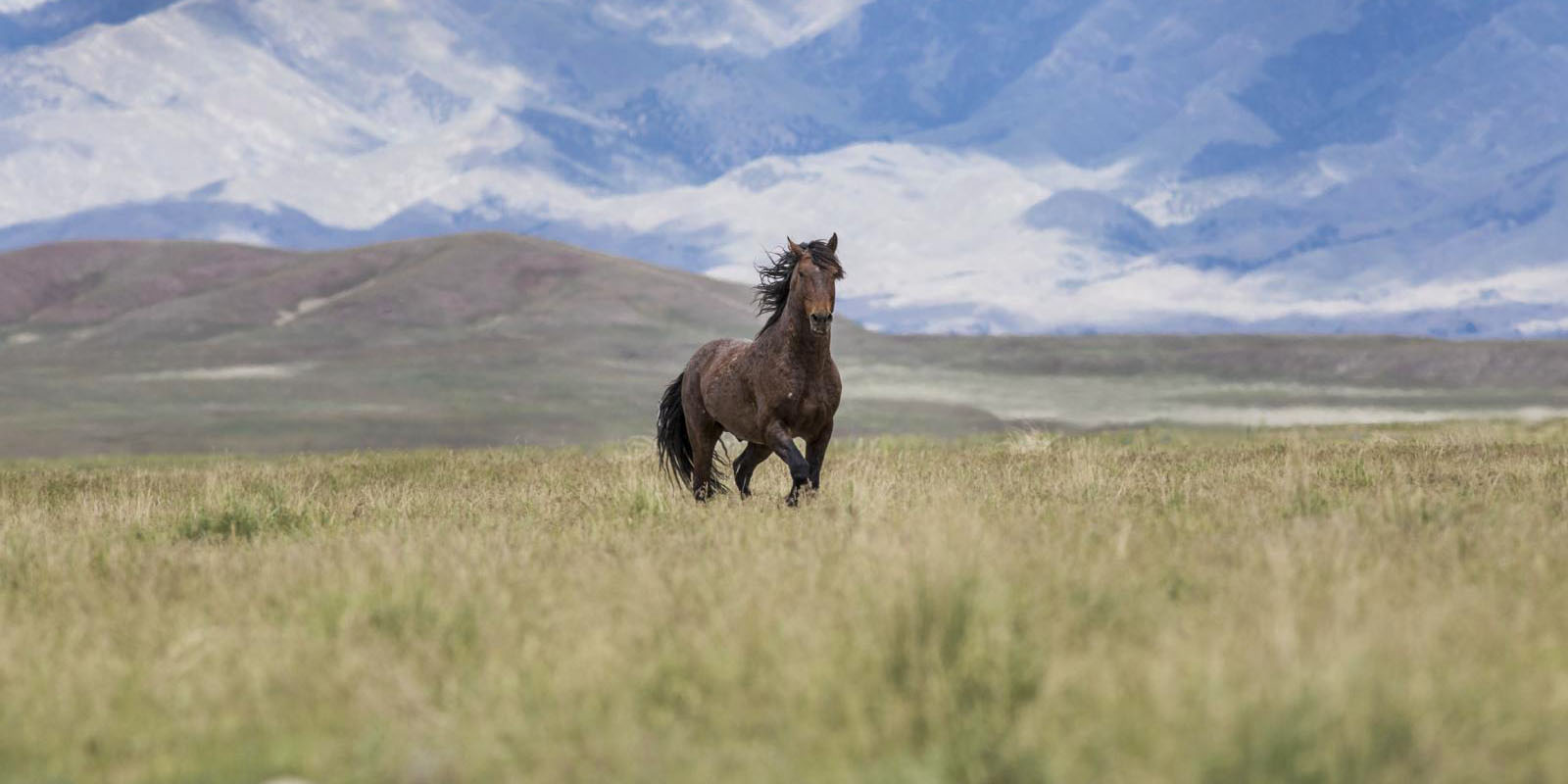(March 22, 2018) On Friday, March 15th, the Bureau of Land Management (BLM) released a new internal memorandum (IM) related to the window of notice the agency provides the public before roundup operations. This new IM (PIM 2019-004) states that now the BLM will only provide two weeks notice to the public before the beginning of a roundup operation.
Previously, the BLM’s Wild Horse and Burro Management Handbook stated that roundup decisions should be issued 31 to 76 days prior to initiation of roundup activities. The agency noted that the reasoning for the longer time period was originally to allow opponents of the gather decision to pursue an administrative challenge before going to Federal Court, but since many opponents go directly to federal court the day before or during a gather seeking a Temporary Restraining Order (TRO) or Preliminary Injunction (PI), the long lead time did not achieve the intended purpose.
This is part of the administration's overall effort to accelerate the removal of wild horses and burros for commercial interest. It is another crackdown on transparency and the ability of the public to participate and challenge BLM decisions that are often unjustified and made on shaky legal grounds.
But this is more than about legal challenges. By shortening the window of public notice, this new restriction is yet another way for the BLM to stifle public observation of inhumane helicopter roundups on our remote public lands. With a shorter window of notice before the start of a roundup, it will be more difficult for advocates to arrange travel to the remote areas of our public lands where the operations take place, it will affect the timeline advocates have for addressing any other restrictions a particular action may attempt to place on observation (such as limited days of observation or restrictions on video recording as AWHC has fought in the past), and overall, it will substantially harm the public’s ability to be present at every roundup in order to ensure that the BLM and its contractors are, at the very least, abiding by the Standard Operating Procedures and Comprehensive Animal Welfare Program Standards.
In short, AWHC is primarily concerned that this new restriction is yet another obstacle to full transparency of public observation at all roundup operations.


